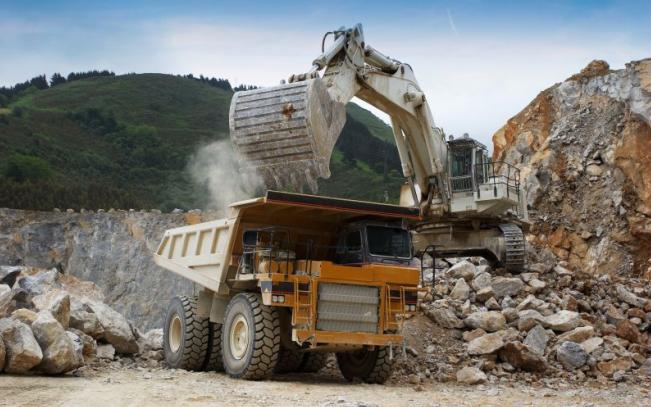The accuracy of jewellery valuations can vary depending on several factors. Here are some key points to consider:
- Appraiser’s expertise: The accuracy of a jewellery valuation depends on the competence and experience of the appraiser. A certified gemologist or a professional jewellery appraiser with relevant credentials is more likely to provide a precise and reliable valuation.
- Purpose of the valuation: The purpose of the valuation matters. If the valuation is for insurance coverage, it may be higher to ensure full replacement in case of loss or theft. If it’s for resale, the value may be lower as it accounts for market conditions and potential profit margins for a buyer.
- Quality of the jewellery: The quality of the jewellery, including the materials, gemstones, craftsmanship, and overall design, plays a significant role in its valuation. High-quality materials and precious gemstones will generally have higher values.
- Market conditions: The fluctuating prices of precious metals and gemstones can impact the accuracy of a jewellery valuation. Market conditions change over time, so a valuation today might not hold the same value in the future.
- Certification and documentation: Having proper documentation and certifications for gemstones and metals enhances the accuracy of the valuation. This information helps appraisers make more precise assessments.
- Appraisal method: There are different methods for valuing jewellery, such as comparison with similar pieces, the cost to replace, or the intrinsic value of materials. Each method has its advantages and limitations.
- Local market differences: Valuations can vary across different regions due to variations in consumer preferences and market demands.
It’s important to note that a jewellery appraisal is an expert’s opinion based on their evaluation of the item at a particular point in time. The value assigned to the jewellery may change over time due to various factors, including market fluctuations, changes in demand, or updates in gemstone grading techniques.
AcuVal Adds the consistency of repeatable outcome, this give you a credible and trusted valuation.


